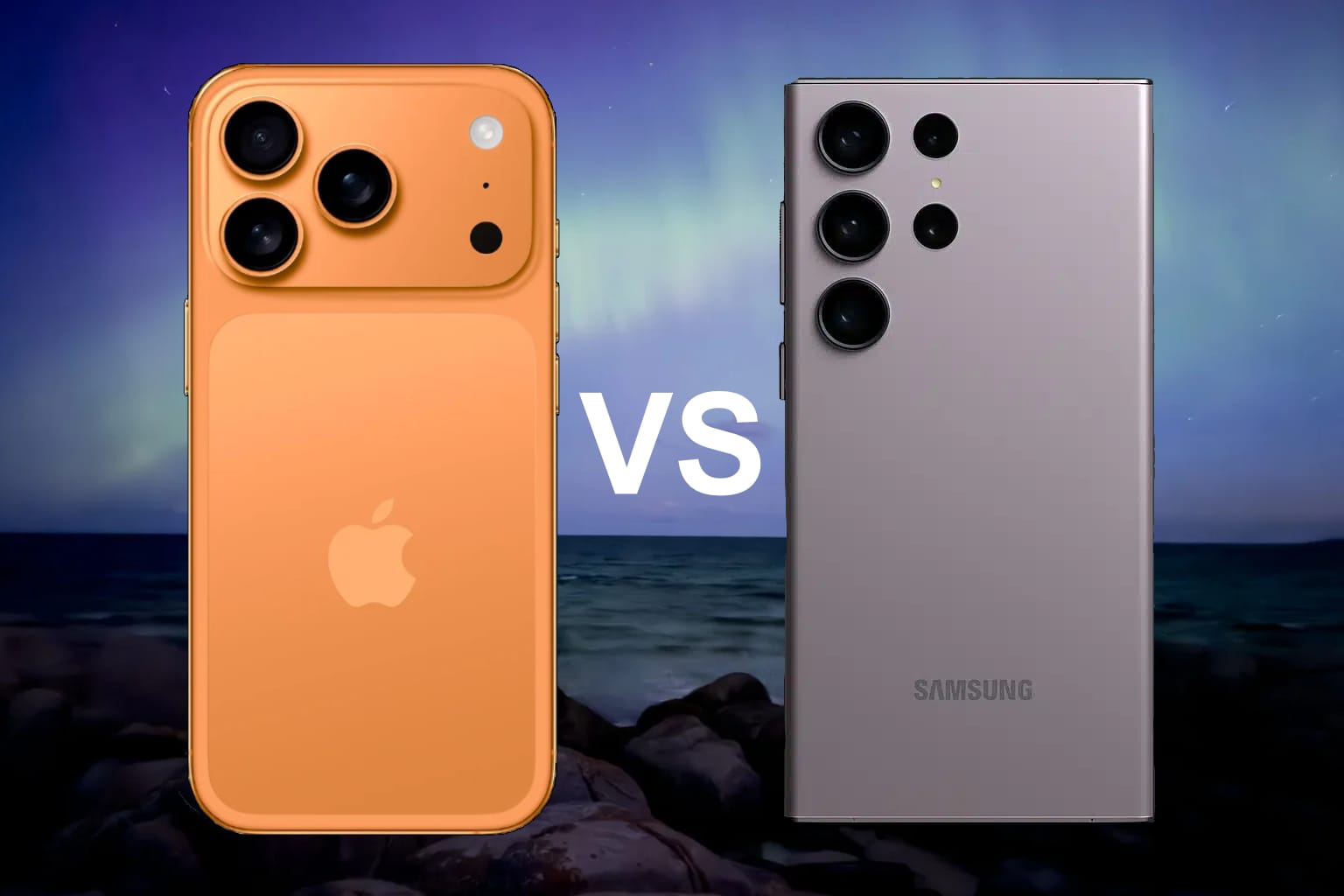Introduction
Imagine setting up your gear under a perfect, star-filled sky. You align your telescope, start capturing your favourite nebula (probably M42), and then—disaster. Your lens or telescope fogs up with dew, obscuring your view of the the night sky and cutting your session short. For astrophotographers, combating dew is a crucial challenge, and one of the most effective tools for the job is the dew heater.
You might not even realise you need a dew heater until you see the difference with one!
In this post, we’ll explore how dew forms, why it’s such a persistent problem, and how a dew heater can keep your imaging gear dry, allowing you to capture the night sky uninterrupted.
What Causes Dew, and Why is it a Problem?
Dew is the result of condensation, which occurs when the temperature of a surface—like your telescope lens or camera—falls below the dew point. This happens frequently during night-time observing sessions, especially in humid conditions, as equipment cools rapidly in the open air.
For astrophotographers, dew is more than an inconvenience:
- Image Clarity: Moisture blurs your optics, creating hazy images and rendering long-exposure shots unusable.
- Equipment Longevity: Prolonged exposure to moisture can lead to damage, such as corrosion or mold growth (most common in camera lenses).
- Interrupted Sessions: Once dew forms, it’s difficult to remove without disrupting your setup, often forcing you to pack up for the night.

How a Dew Heater Solves the Problem
A dew heater prevents condensation by gently warming your equipment, keeping its temperature just above the dew point. This simple yet effective solution allows astrophotographers to maintain clear optics for extended imaging sessions.
Key benefits include:
- Consistent Performance: Ensures your telescope and camera stay fog-free, even in challenging conditions.
- Flexibility: Suitable for a range of setups, from small refractors to DSLR lenses and large aperture telescopes (for larger telescopes you will need to purchase from a telescope dealer as these are not usually on Amazon).
- Prolonged Gear Lifespan: Protects sensitive optics from moisture damage.
Choosing and Using a Dew Heater
When selecting a dew heater, consider the following factors:
- Compatibility: Measure the circumference of your lens or telescope tube and choose a heater that fits snugly.
- Power Source: Most dew heaters are USB-powered, making them convenient to use with portable power banks or other devices.
- Heating Levels: Adjustable temperature settings allow you to tailor the heat output to the conditions, ensuring optimal performance.
Pairing your dew heater with a dew shield (here’s a great article on creating your own) enhances its effectiveness by reducing heat loss and minimizing the chances of condensation forming on your optics.
Recommended Dew Heater: The Svbony SV172

For those looking to add a dew heater to their setup, the Svbony SV172 is a versatile, effective and budget-friendly option. It’s available in multiple sizes to accommodate different equipment, features three adjustable temperature settings, and is powered by USB for portability. Its lightweight, compact design makes it an excellent choice for both beginners and experienced astrophotographers. Always ensure you select the length that matches your lens or telescope for the best results.
Available on Amazon for under £25 (often with a 25% off voucher for under £20! – I managed to get mine for £15, an absolute bargain)
Final Thoughts
Dew may be an inevitable part of night-time astronomy, but it doesn’t have to ruin your astrophotography. By investing in a dew heater, you can keep your lens dry and your sessions uninterrupted, enabling you to focus on what truly matters: capturing M42 for the 5th year running.
Whether you’re observing a crisp winter or imaging on a humid summer evening, a dew heater is an essential part of your astrophotography toolkit. So, stay prepared, stay focused, and keep those stars in sharp view!





